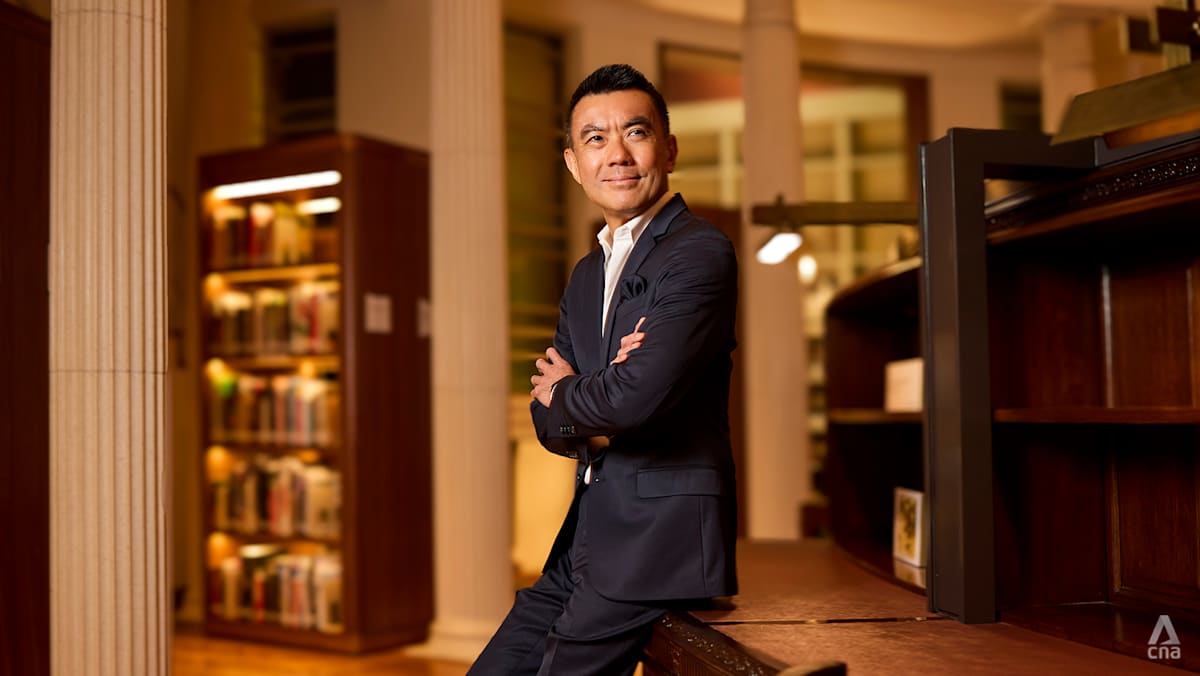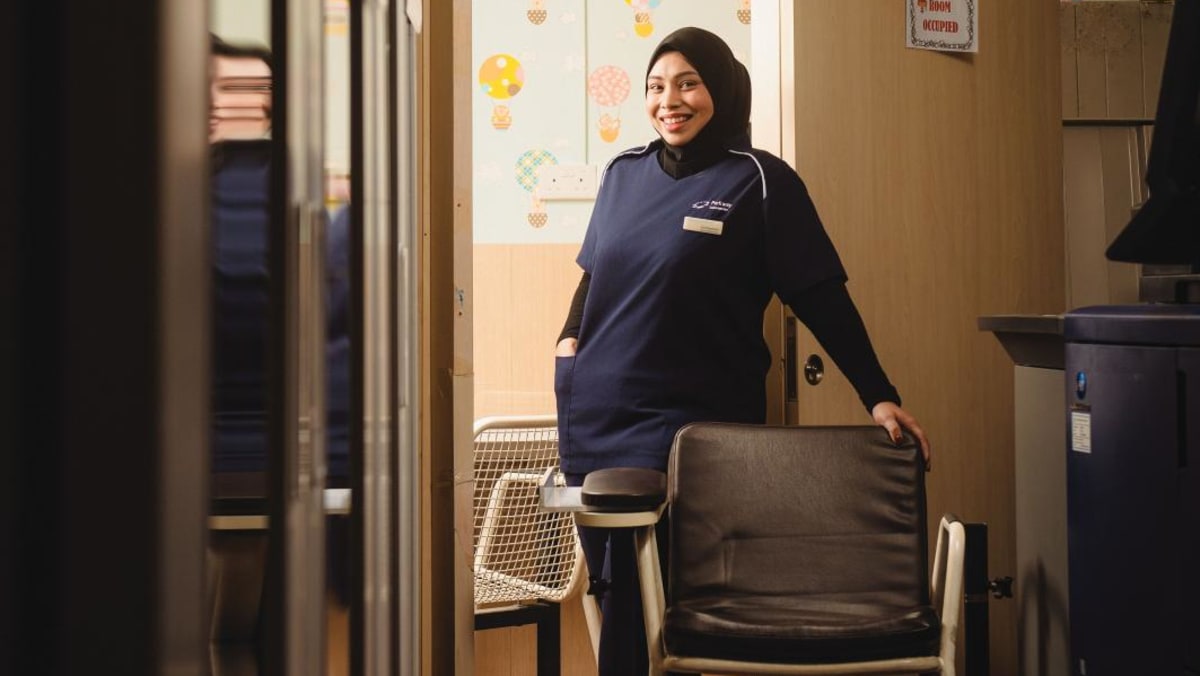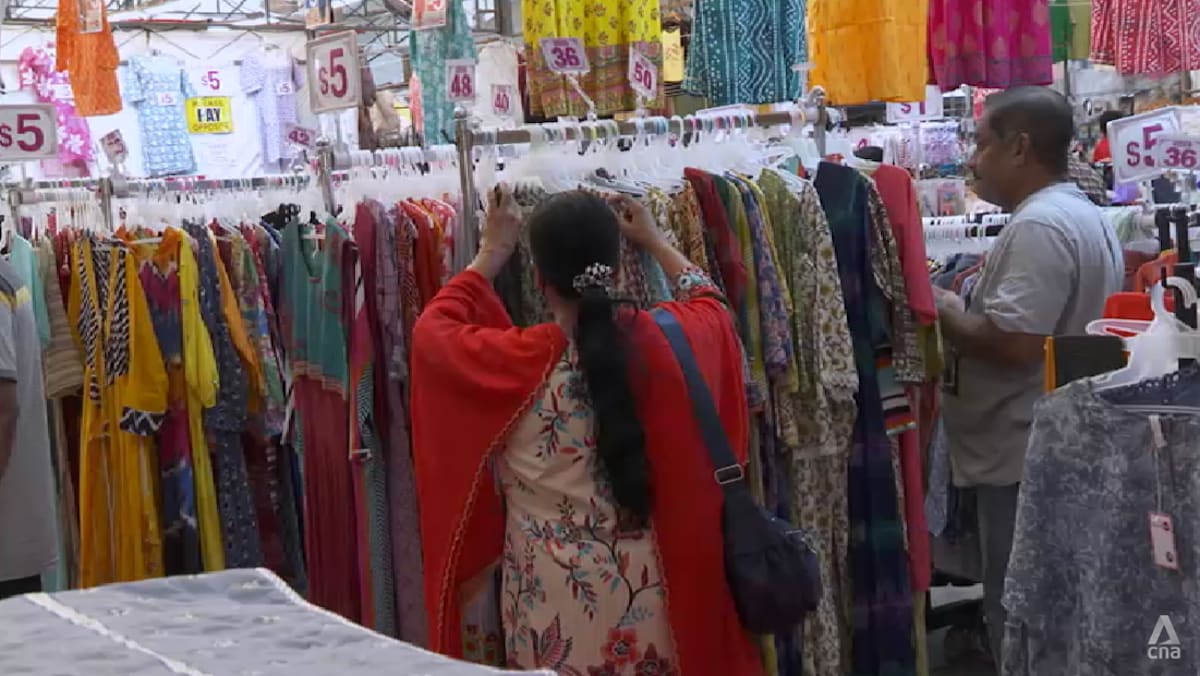“Since I became director of SAM in 2019, I have sought to make the distinction between the two institutions clearer,” he explained. “The Gallery’s focus is now on the art of Southeast Asia, regardless of time – meaning both modern and contemporary. SAM’s focus, on the other hand, is on contemporary art regardless of place, so it looks at the art of the present internationally, from the perspective of Singapore and Southeast Asia. Together with STPI, the three institutions create an ecosystem that supports artists, educates the public, and positions Singapore as a cultural destination.”
This ecosystem has not only nurtured artists but also shaped the way Singaporeans see themselves reflected in art. And for Tan, the Gallery’s 10th anniversary, coinciding with SG60, was no accident of timing – it was poetic symmetry.
“Celebrating both SG60 and the Gallery’s 10th anniversary is deeply symbolic and special for us,” he reflected. “The Gallery is housed within two national monuments – the City Hall and Former Supreme Court – buildings that have witnessed Singapore’s journey from colony to nation. Just as Singapore turns 60, the Gallery too marks a decade of contributing to our cultural identity and sense of pride.”






